6 ways Baldur's Gate 3 is similar to Divinity: Original Sin 2, and 6 ways it's different
There's a lot of shared DNA between the Larian RPGs, but BG3 has its own ideas, too. And the elves aren't cannibals.

When we saw a couple of demos of Baldur's Gate 3 earlier this year we observed that, thanks to turn-based combat in multi-tiered environments and the origin system, it bore some resemblance to Larian's previous game, Divinity: Original Sin 2. Now that we've played the Early Access version for ourselves we've seen a few more similarities—as well as some notable differences.
It's not as clear-cut a line of descent from Larian's prior game to its latest as you might think.
How Baldur's Gate 3 and Divinity: Original Sin 2 are similar
1. Environmental interactions
Two of the first things you did in Divinity: Original Sin 2 were fight in a room with flammable oil all over the floor, and open a door by setting fire to a barrel of poison. Almost every combat seemed to involve barrels exploding. But there was also blood turning to slippery ice, or clouds of steam being electrified, or some other interaction between the battlefield and your spells.
While Baldur's Gate 3 tones this down significantly, there are still ways to achieve similar effects. The fire bolt cantrip sets fire to a small patch of ground, while the create water spell does exactly what you'd expect. However, the world isn't quite so littered with flammable barrels.
Usually if there's fire around it's for a reason, like a red dragon attack, rather than just because someone left stashes of poison and oil literally everywhere.
2. Party of four
Keep up to date with the most important stories and the best deals, as picked by the PC Gamer team.
In the first two Baldur's Gate games you gathered a party of six adventurers. In Baldur's Gate 3 you're limited to four, as in Original Sin 2. What's different is that surplus characters don't have to be left behind. They'll join your camp if they aren't by your side, so you can swap them in or have a chat when you want to. That's a welcome change, as there was always something off about rescuing Imoen in Baldur's Gate 2 and then saying "I have no room for you" just because you already had a full party.
3. No day-night cycle
The clock in the first two Baldur's Gate games ran 12 times faster than real-time, but there were still plenty of moments when you'd have to rest to get to the right hour for certain quests. It cheated a little as well, extending the duration of night-time in certain cities so you'd have more darkness for thieving.
Original Sin doesn't have a time of day cycle. Neither does Baldur's Gate 3. Instead, it ends each day when you choose to have a long rest, and resumes at the same frozen time the next day.
4. Only one person talks at a time
There's a quest in Baldur's Gate 2 that tasks you with entering an asylum on a pirate island. An easy way in is to introduce yourself to Pirate Lord Desharik, who runs the island, and then say, "Have you met my friend, Minsc?" The hamster-loving hero then proceeds to ramble about peg-legs and parrots until Desharik has you all committed, as anyone who chooses to travel with Minsc must be mad.
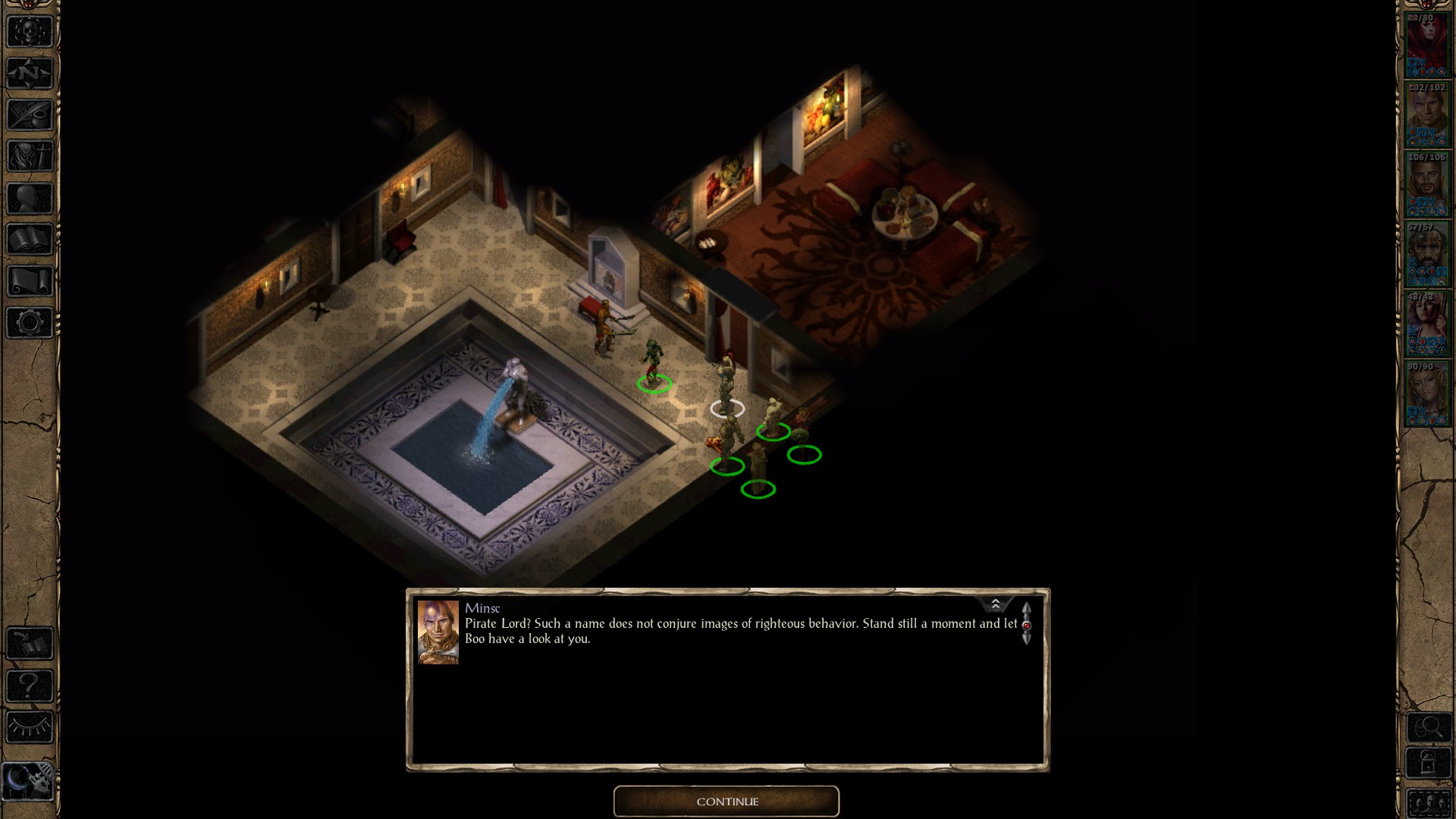
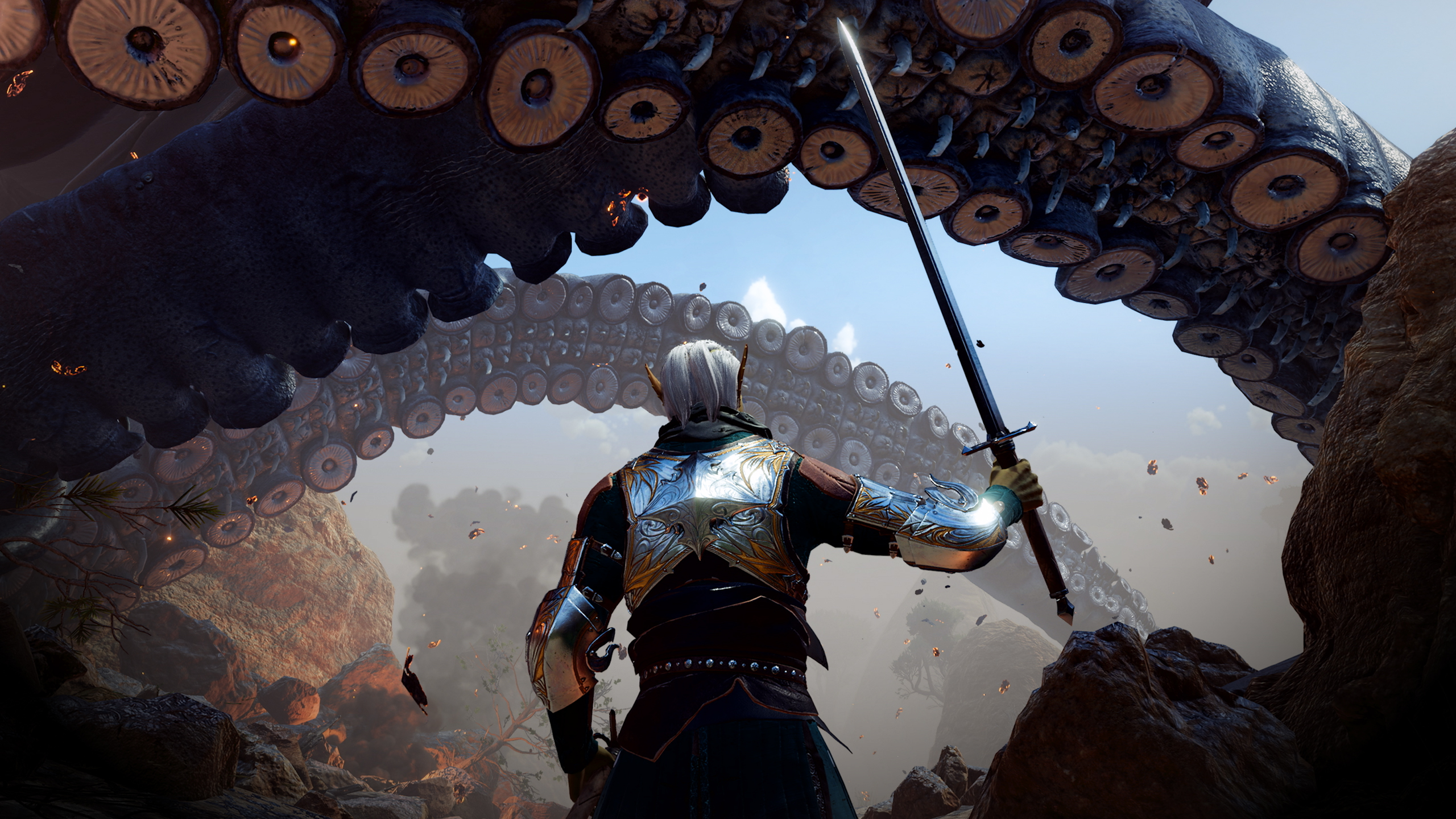
Baldur's Gate 3 review: Our Early Access verdict
Baldur's Gate 3: Everything we know
Baldur's Gate 3 tips: Start smart
Baldur's Gate 3 classes: Find your perfect profession
Baldur's Gate 3 races: Pick your favorite face
Baldur's Gate 3 companions: Learn who's who
In Baldur's Gate 3 almost every conversation is one-on-one, with no way to call over a buddy when you need them, and if dialogue triggers at the end of combat the character whose turn it was does the talking, just like in Original Sin 2. Even if you switch over by clicking their portraits, all the others can do is walk around while you're locked into a conversation. This is particularly odd when a friendly chat transitions into someone wrestling you to the ground with a knife at your throat while your cleric stands by silently.
5. Combat is turn-based, and you can exploit that
If you initiate combat in Baldur's Gate 3 while someone else hangs back (which you can ensure by dragging their portraits apart to separate them), then just like in Original Sin 2 you can switch over to the out-of-combat character who is still in real-time. If they get close enough to the fight they'll be dropped into the initiative order, but in the meantime you can move into position for a sneak attack or some high-ground advantage at your leisure.
6. It begins on a beach
You wake up imprisoned on a ship. That ship is subsequently attacked and wrecked, and you end up alone on a beach. Sound familiar? When I looked around that ravaged beach on the Sword Coast then picked up a clamshell it gave me a flashback to Fort Joy. It's not quite like the samey prisoner beginnings of most Elder Scrolls games, but both Original Sin 2 and Baldur's Gate 3 have undeniable similarities in their setup.
Likewise, all of the companions have a shared background—only here it's implanted mind tadpoles rather than Source powers and collars.
How Baldur's Gate 3 and Divinity: Original Sin 2 are different
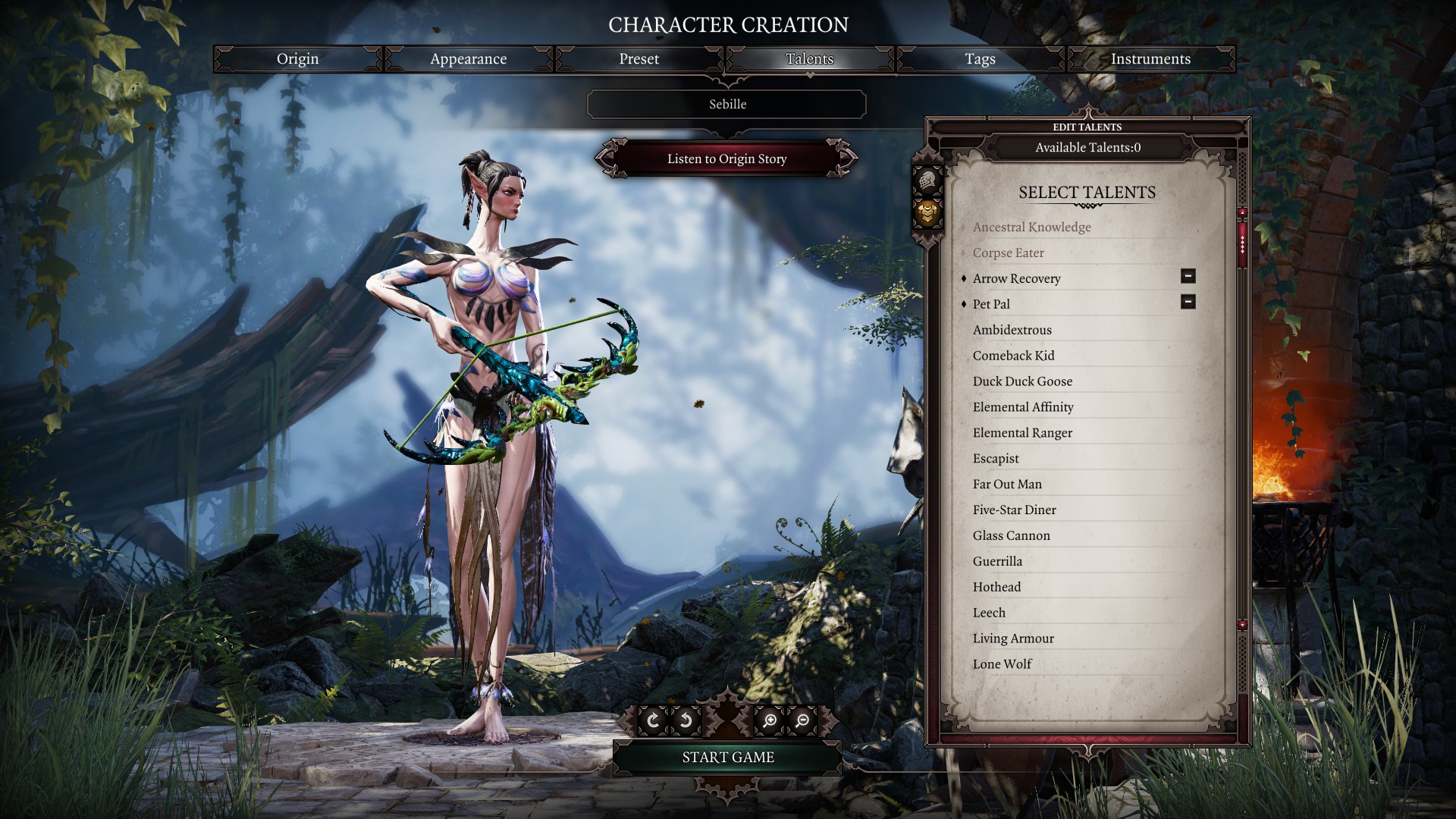
1. Elves aren't nearly as weird
The elves of Original Sin's Rivellon were giraffe-necked and had strange, bark-like musculature. Also, they were cannibals who could gain the memories of people they ate.
In D&D's Forgotten Realms elves are more traditional. They're lithe, pointy-eared, and can't grow beards, but are generally proportioned like humans. I'm pretty sure they're not cannibals either.
2. Skill checks have a random factor
To talk an NPC around to your way of thinking in Divinity: Original Sin 2 you needed to have a Persuasion score higher than a set difficulty. In Baldur's Gate 3, you roll a d20 and add your score in the Persuasion skill, as in traditional D&D. Plus the full suite of other D&D social skills are available, like Intimidation and Deception, and you can gain bonuses on them with appropriate buffs—like using the Thaumaturgy cantrip to make your spellcaster seem a bit spooky to help with an Intimidation roll.
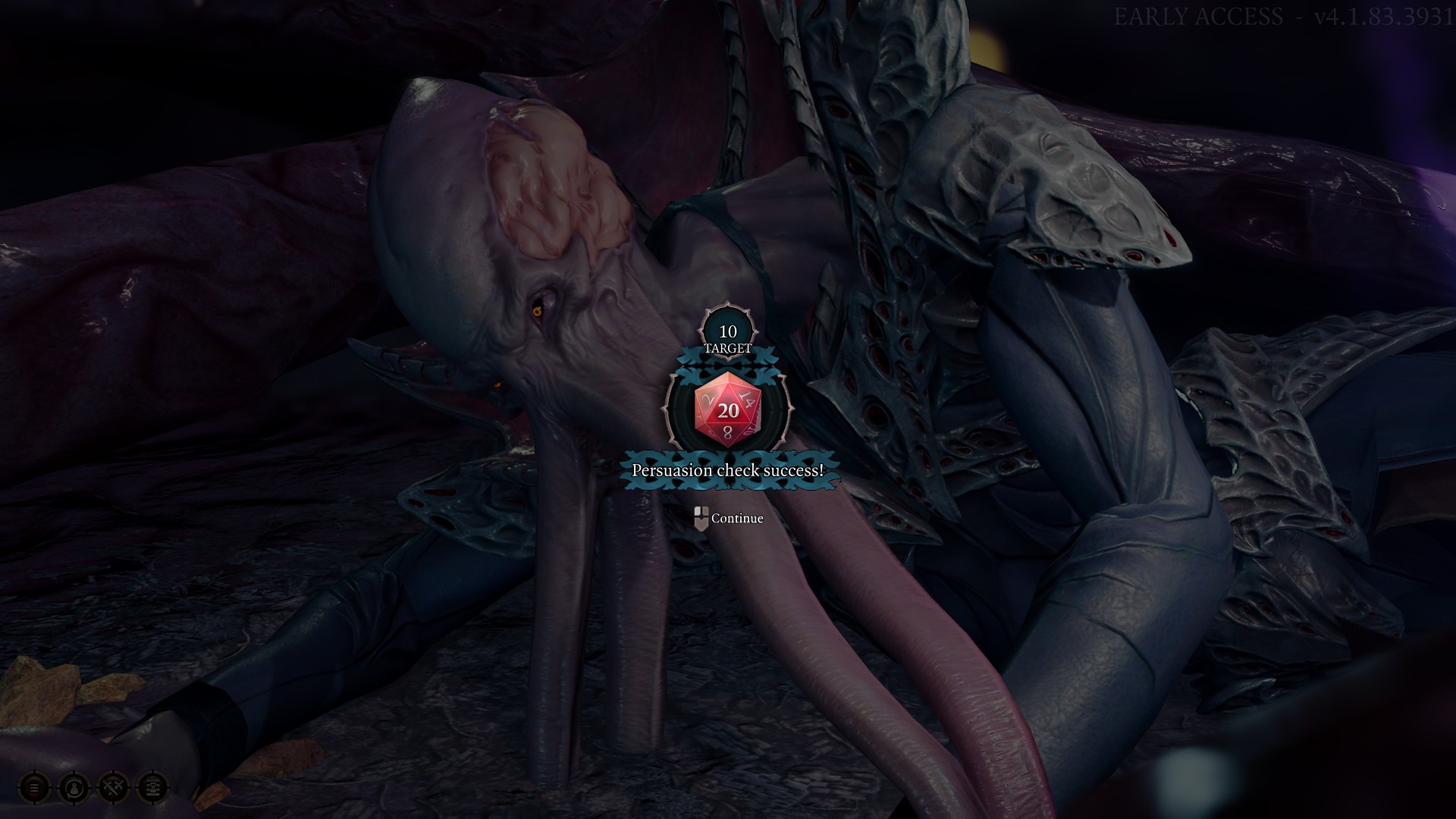
3. Pets are (mostly) not your pals
One of the best things about Original Sin 2 was the Pet Pals ability, which let you talk to animals. Sometimes it could get you around problems, but just as often it would land you in a complicated mess when a dog or a chicken turned out to be a questgiver with an entire storyline of their own. One of the "gift bag" official mods made Pet Pals a free ability for all PCs because it was such a popular choice it may as well have been a default.
While Baldur's Gate 3 does have a Speak With Animals spell, it's not as vital. The first time I cast it and tried to chat to a pig, it was too afraid of me to hand out even a single quest. Although there's a dog you can recruit as a campsite buddy, and the Find Familiar spell lets you summon a spirit animal, you're not missing out on nearly as much by not playing Doctor Dolittle.
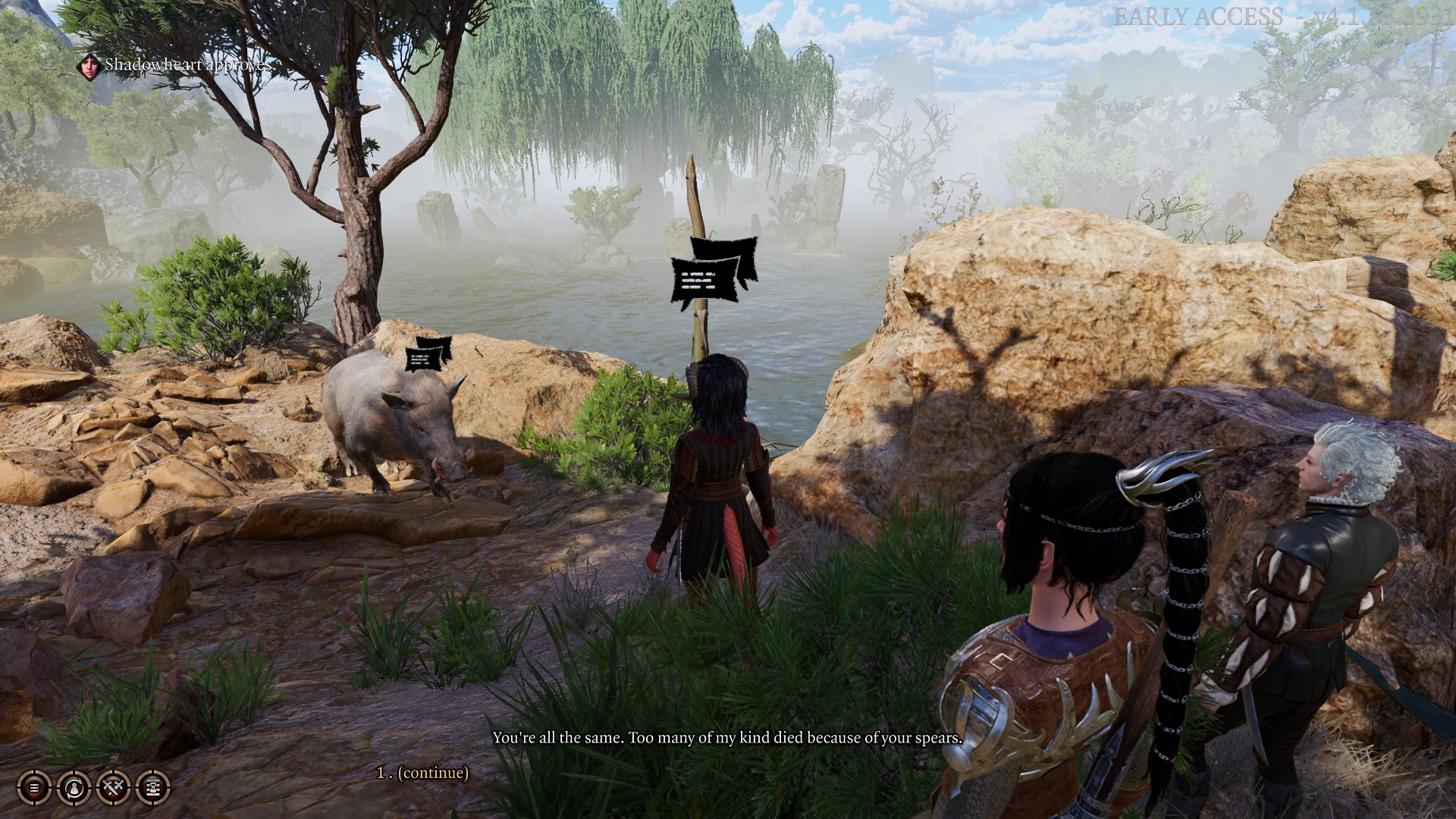
4. No blessed or cursed effects
As you leveled up in Original Sin 2 those environmental effects stopped being such a worry. You had spells to clear them away and so many hit points you could stand in fire all day long. To increase the challenge in its later acts, the cursed effect started to be layered on top of those effects, which had to be removed by a bless before you could do anything about, say, that Necrofire an exploding enemy unleashed over half the dang battlefield. That's mercifully gone in Baldur's Gate 3.
5. Forgotten Realms cameos
The Forgotten Realms setting has a wealth of heroes thanks to the many RPG supplements and novels written about it, and several of them appeared in previous Baldur's Gate games. Elminster the Sage, Drizzt Do'Urden, and the traveling scholar and tour guide author Volo all made appearances. Without getting too deep into spoiler territory, let's just say that Baldur's Gate 3 maintains this tradition.
6. Approval matters
Two of the first companions you met in Baldur's Gate were evil, but you'd recruit them anyway for the sake of safety in numbers. Later on there would inevitably be conflict as the goals and personalities of your growing group misaligned, frequently ending in blows. There were hard choices in who to side with, and who to leave behind—or even kill. Though there was an Attitude stat in Original Sin 2, it wasn't as big a deal. The companions you choose to bring with you were easy to keep by your side, and while Sebille didn't like lizards, internal conflicts weren't much of a problem.
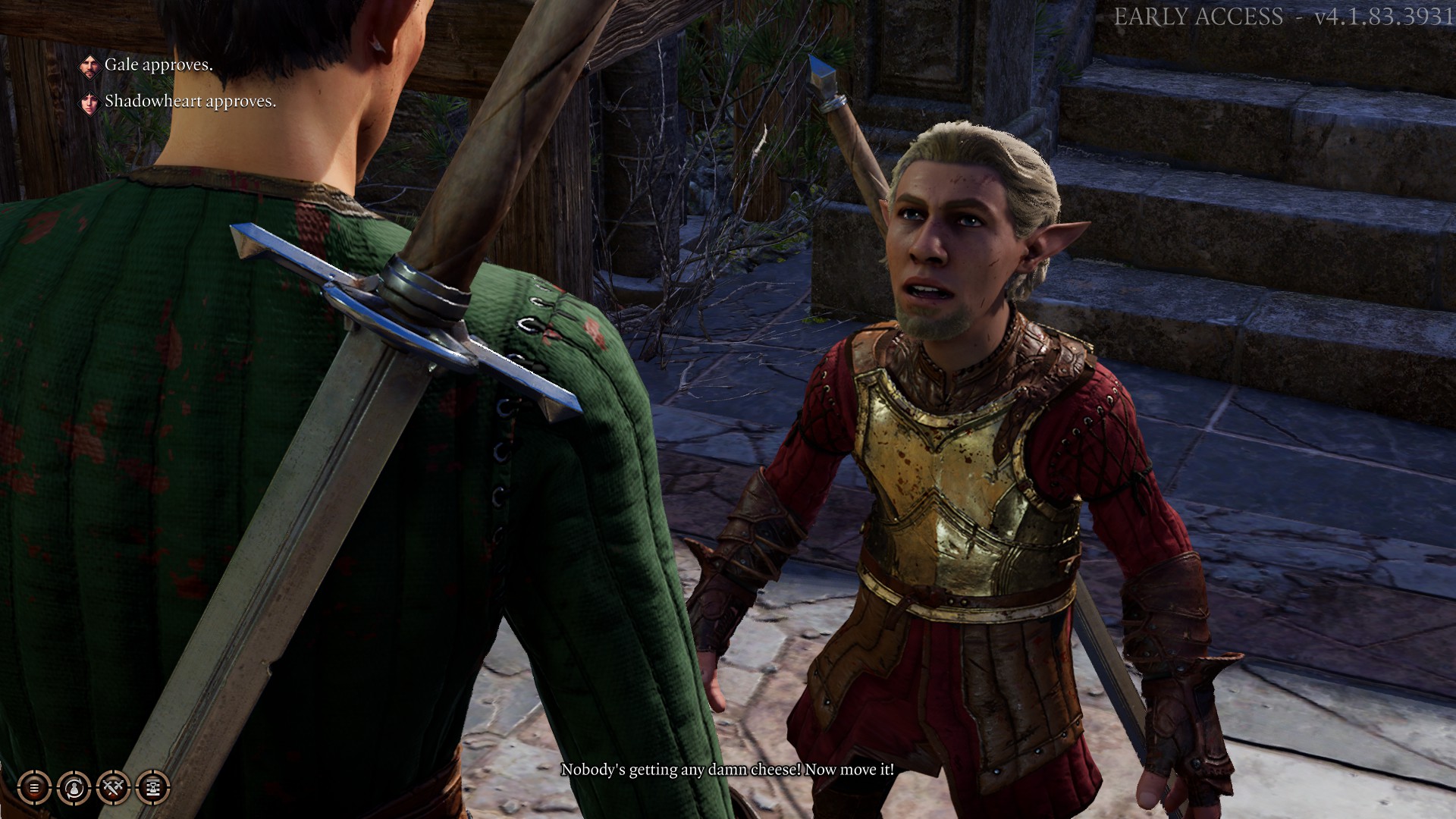
Baldur's Gate 3 returns to the series' roots in this way, with companions who don't get along. Their approval and disapproval will tick away in the corner of the screen with each major decision you make, and your restful campsite can easily become a battlefield. BioWare's later games toned down the antagonism, mostly swapping it for squabbles rather than matters of life or death—as it was when Edwin and Dynaheir would pick a fight with each other with Minsc joining in to crush Edwin like a bug.
That discord made Baldur's Gate different from the Gold Box D&D games or the Icewind Dale series, where you'd roll up an entire party yourself and have complete control of them. In spite of all the turn-based combat in 3D arenas, this is an element of old school Baldur's Gate that undeniably remains in Baldur's Gate 3.
For more on how Baldur's Gate 3 compares to Baldur's Gate 1 and 2, we've got a separate article that goes deep into that history.

Jody's first computer was a Commodore 64, so he remembers having to use a code wheel to play Pool of Radiance. A former music journalist who interviewed everyone from Giorgio Moroder to Trent Reznor, Jody also co-hosted Australia's first radio show about videogames, Zed Games. He's written for Rock Paper Shotgun, The Big Issue, GamesRadar, Zam, Glixel, Five Out of Ten Magazine, and Playboy.com, whose cheques with the bunny logo made for fun conversations at the bank. Jody's first article for PC Gamer was about the audio of Alien Isolation, published in 2015, and since then he's written about why Silent Hill belongs on PC, why Recettear: An Item Shop's Tale is the best fantasy shopkeeper tycoon game, and how weird Lost Ark can get. Jody edited PC Gamer Indie from 2017 to 2018, and he eventually lived up to his promise to play every Warhammer videogame.

